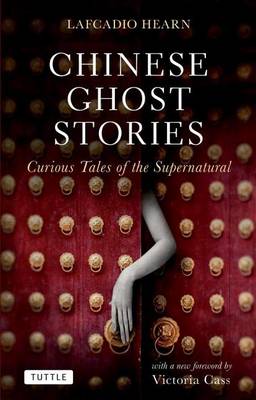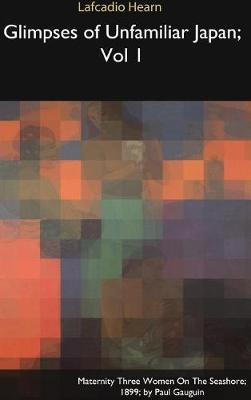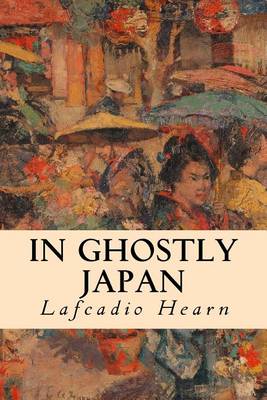Tuttle Classics
5 total works
Hearn had a great affinity for the traditional ghost stories of China, and these stories clearly inspired him as he penned subsequent works. Set in richly atmospheric locales, these tales speak of heroic sacrifice, chilling horror, eerie beauty and otherworldly intervention.
This completely reset and pinyin-converted edition of Hearn's classic work contains a new foreword by Victoria Cass, which places the stories, their author, and his love for the strange and mysterious into perspective. If you're seeking insights into the traditional Chinese world of ghosts, goblins and demons-or just want to feel a chill run down your spine on a dark and lonely night-then this book is the perfect companion.
Ghost stories include:
- The Soul of the Great Bell
- The Story of Ming Yi
- The Legend of Zhi Nu
- The Return of Yan Zhenjing
- The Tradition of the Tea Plant
- The Tale of the Porcelain God
Kwaidan
Stories and Studies of Strange Things
Lafcadio Hearn
Japanese Ghost Stories
Kwaidan: Stories and Studies of Strange Things, often shortened to Kwaidan, is a book by Lafcadio Hearn that features several Japanese ghost stories and a brief non-fiction study on insects. It was later used as the basis for a movie called Kwaidan by Masaki Kobayashi in 1964.
Kaidan is Japanese for "ghost story."
Hearn declares in his introduction to the first edition of the book, which he wrote on January 20, 1904, shortly before his death, that most of these stories were translated from old Japanese texts. He also states that one of the stories -- Yuki-onna -- was told to him by a farmer in Musashi Province, and his was apparently the first record of it, both by his own account and according to the research of modern folklorists. Riki-Baka is based on a personal experience of Hearn's. While he does not declare it in his introduction, Hi-Mawari -- among the final narratives in the volume - seems to be a recollection of an experience in his childhood (it is, setting itself apart from almost all the others, written in the first person and set in rural Wales).
TABLE OF CONTENTS
- THE STORY OF MIMI-NASHI-HOICHI
- OSHIDORI
- THE STORY OF O-TEI
- UBAZAKURA
- DIPLOMACY
- OF A MIRROR AND A BELL
- JIKININKI
- MUJINA
- ROKURO-KUBI
- A DEAD SECRET
- YUKI-ONNA
- THE STORY OF AOYAGI
- JIU-ROKU-ZAKURA
- THE DREAM OF AKINOSUKE
- RIKI-BAKA
- HI-MAWARI
- HORAI
- INSECT STUDIES
- BUTTERFLIES
- MOSQUITOES
- ANTS
- Notes




